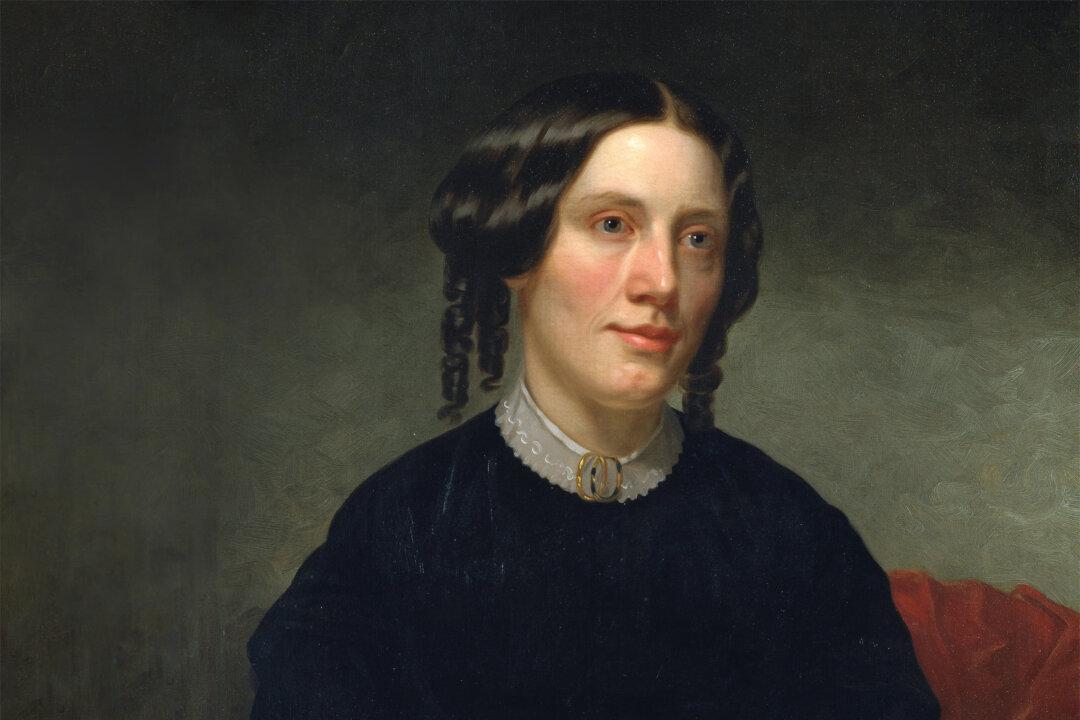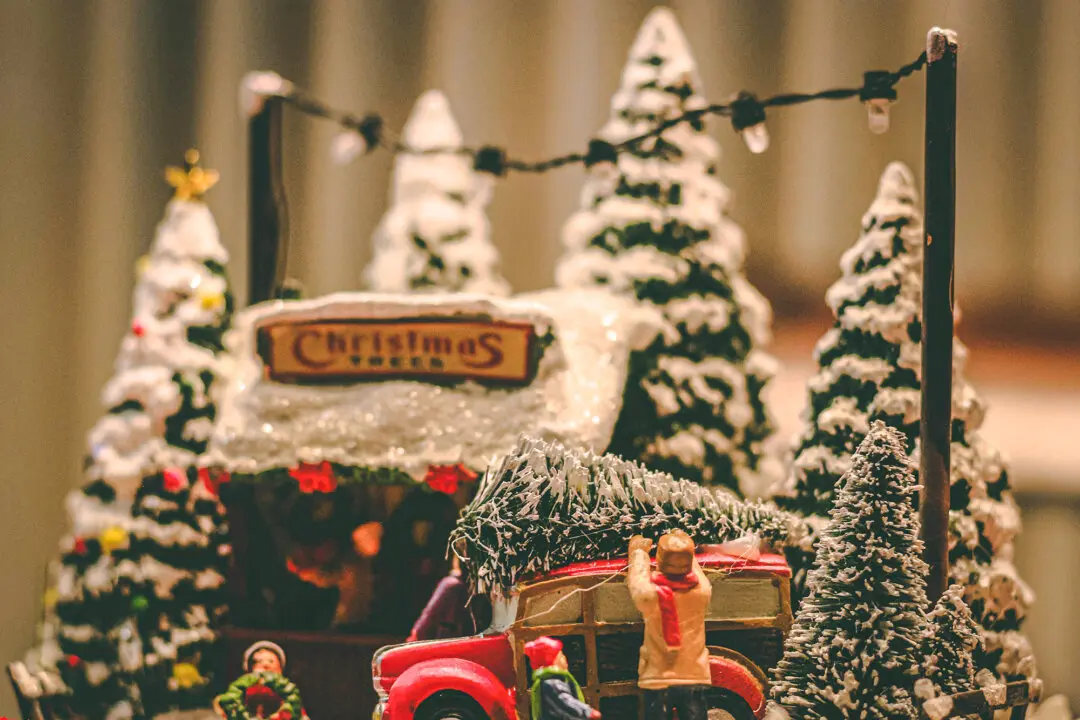The small North Carolina town in which I lived from ages 5 to 12 had no public library. A book mobile did visit our street, at least during the summers, and the arrival of that van brought moms and kids streaming from their houses and yards, excited to board this library on wheels and take home a few books.
The town’s drugstore carried a variety of comic books and magazines, and there too I managed to find refreshment that slaked my thirst for the printed word. Here were “Archie,” the character Sgt. Rock, and other comics, but my favorites were “Classics Illustrated,” what today might be called graphic books. The “Classics Illustrated” series introduced me to such masterpieces as “Romeo and Juliet,” “Call of the Wild,” and “The Red Badge of Courage.”






